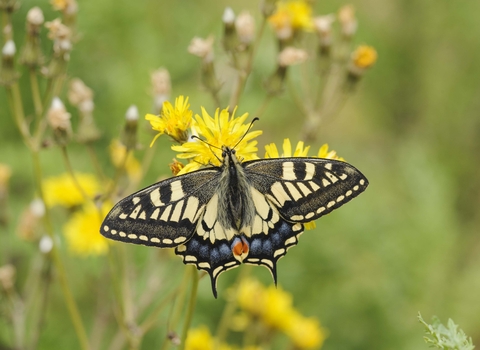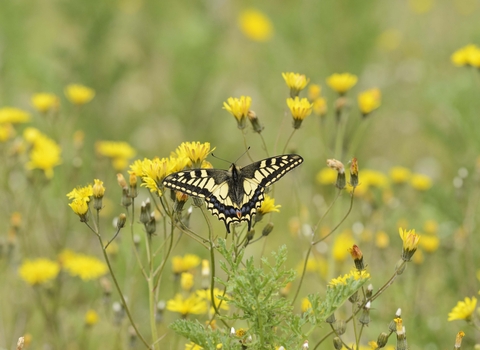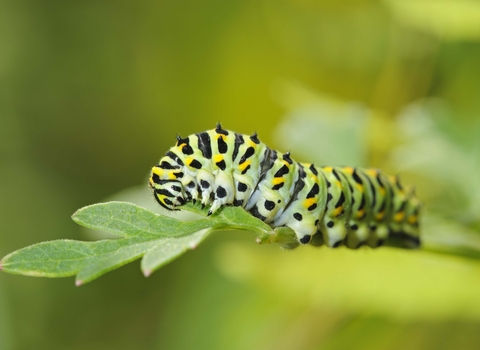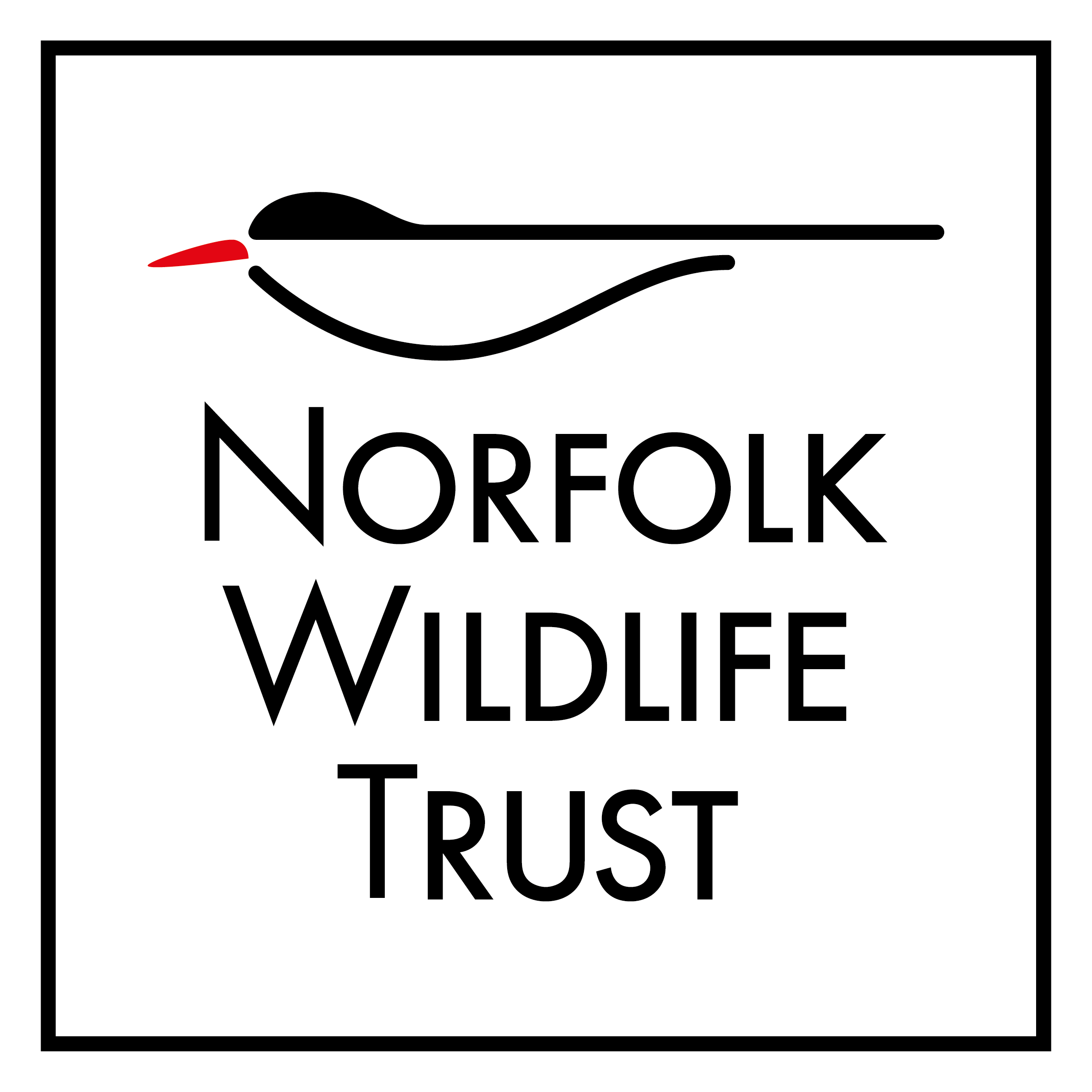
©Terry Whittaker/2020VISION

©Terry Whittaker/2020VISION

©Terry Whittaker/2020VISION
Swallowtail
Scientific name
Papilio machaonWhen to see
May to JulySpecies information
Category
Statistics
Wingspan: 7.6-9.3cmHabitats
About
The UK's largest butterfly, the swallowtail is striking and exotic-looking. Adults fly between May and July when they can often be seen over reedbeds, or feeding on ragged-robin or flowering thistles. Swallowtails are restricted to reedbeds and marshlands in the Norfolk Broads; very rarely, migrants from the Continent appear on downland in southern England. The foodplant of the caterpillars of our native race is milk-parsley, whereas migrants may feed on wild carrot.How to identify
The swallowtail is a large and unmistakeable butterfly. It has creamy-yellow wings with heavy black veins and blue margins. The hindwings have distinctively long 'tails' and a red spot.Distribution
Native to the Norfolk Broads. Migrants may be spotted in southern England.In our area
Where to see: Hickling Broad and Marshes; Ranworth Broad and Marshes; RSPB Strumpshaw Fen
When to see: Adults usually fly between May and July, with the middle of June being the best time to see them. Sometimes, a second brood may emerge from the end of August to mid September.
You will only see the swallowtail butterfly in the Norfolk Broads, where they seek out sites with plenty of milk parsley and lay their eggs on the tallest plants. During the 20th century, especially after the Second World War, much of the swallowtail's habitat was lost. Today, active management of fenland, with reed and sedge being cut to allow other plants to grow, plays an important part in the survival of the swallowtail in Norfolk.
Did you know?
The UK population of the swallowtail is a unique subspecies, Papilio machaon britannicus, found only here.Where to see: Hickling Broad and Marshes; Ranworth Broad and Marshes; RSPB Strumpshaw Fen
When to see: Adults usually fly between May and July, with the middle of June being the best time to see them. Sometimes, a second brood may emerge from the end of August to mid September.
You will only see the swallowtail butterfly in the Norfolk Broads, where they seek out sites with plenty of milk parsley and lay their eggs on the tallest plants. During the 20th century, especially after the Second World War, much of the swallowtail's habitat was lost. Today, active management of fenland, with reed and sedge being cut to allow other plants to grow, plays an important part in the survival of the swallowtail in Norfolk.
